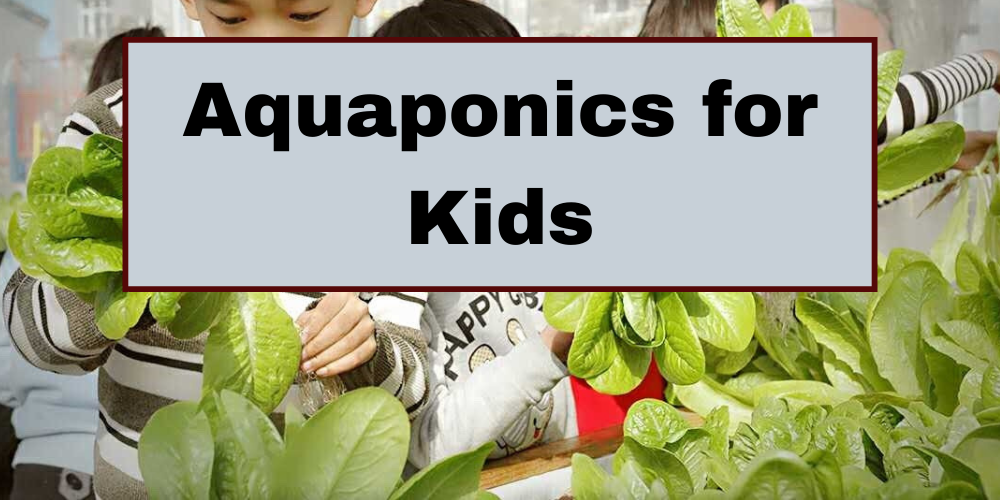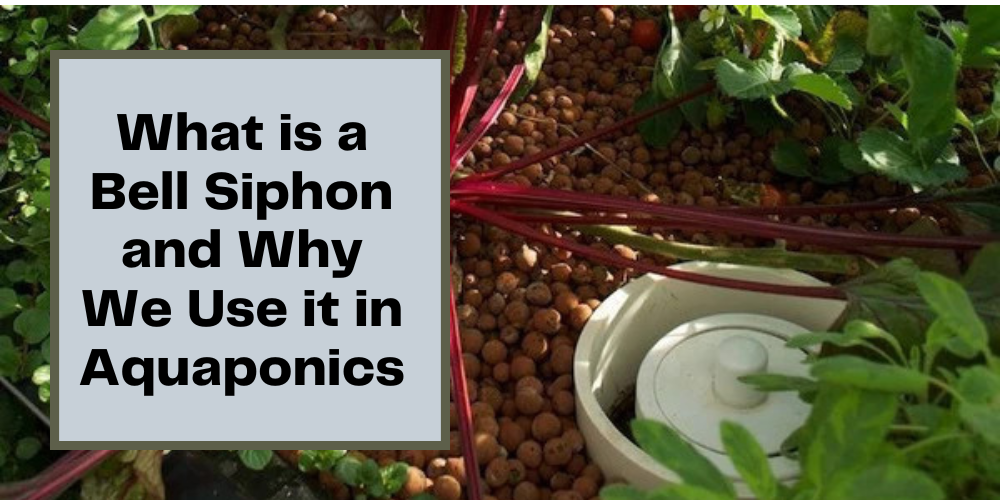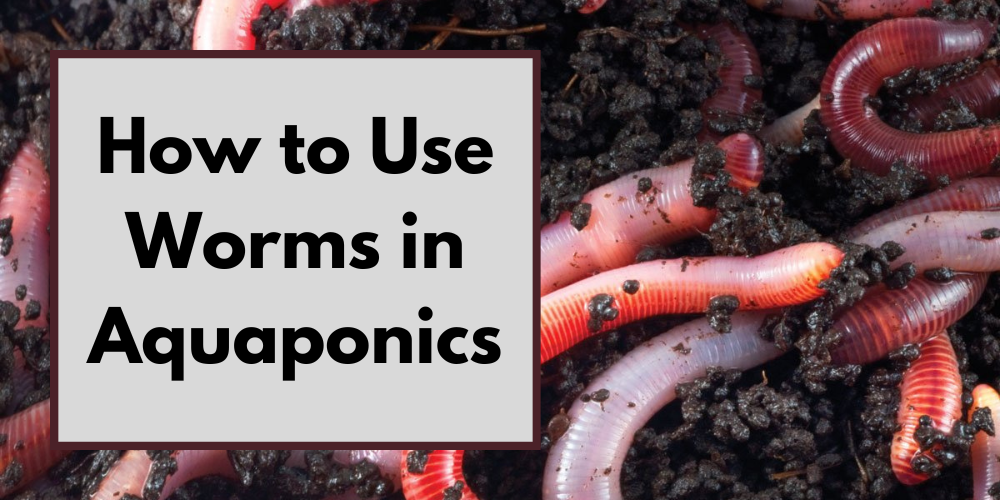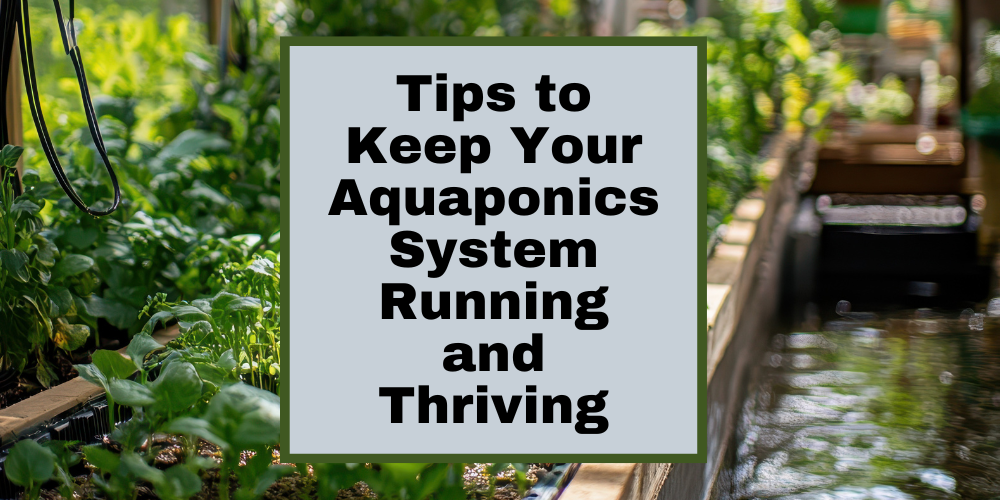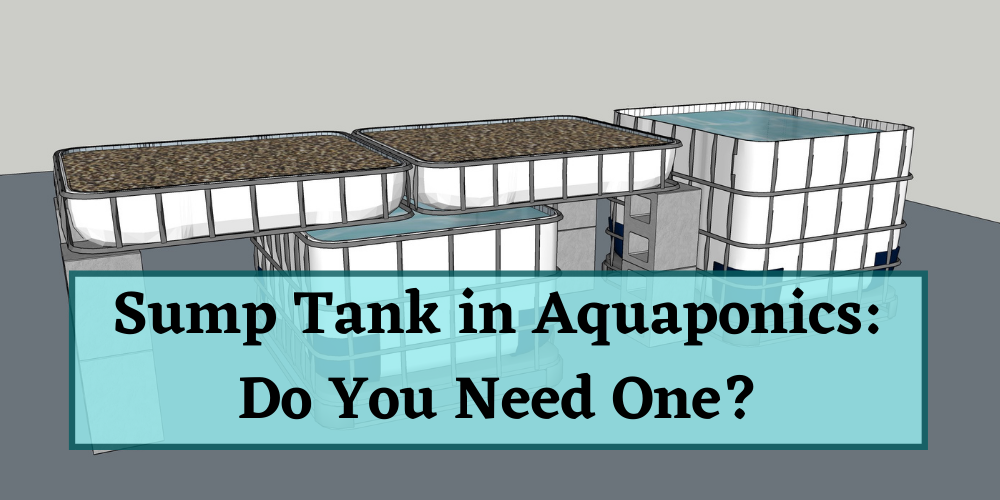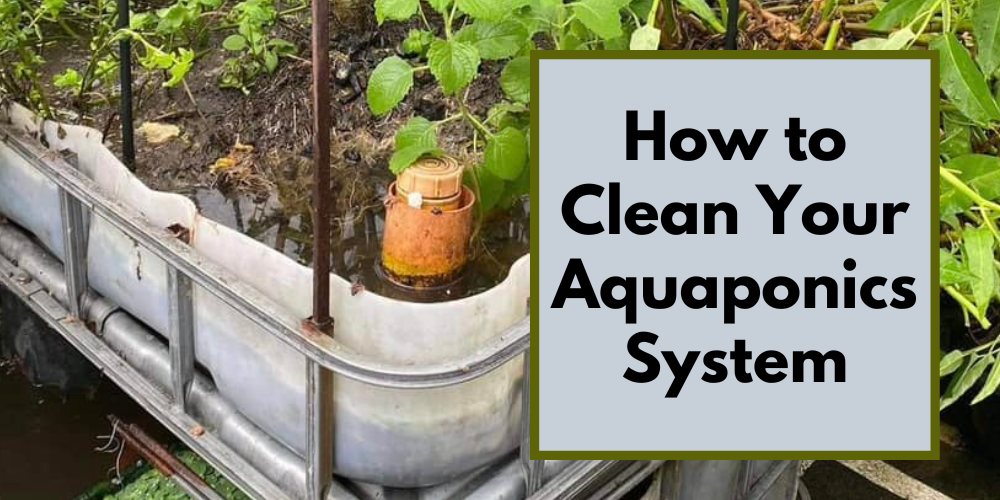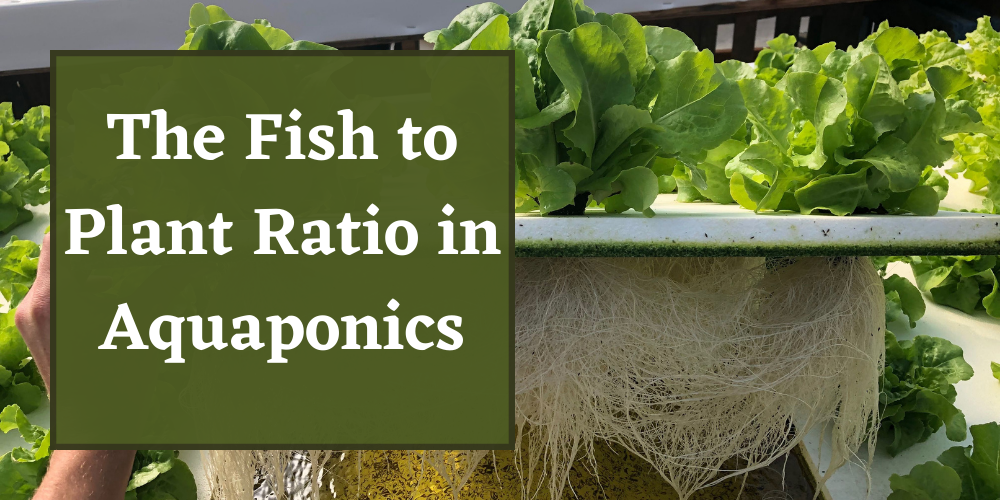Go Green Aquaponics Blog
This blog covers the best materials, ideal depth, and different grow bed types like Media Based, Raft, and NFT. Plus, get expert tips on placement, maintenance, and water flow optimization to help you build a thriving system.
- December 22, 2025
Discover how aquaponics can spark curiosity, learning, and sustainability in kids! This beginner-friendly guide explores fun, hands-on systems that teach children how fish and plants work together, perfect for classrooms, homeschooling, or weekend science projects.
- December 22, 2025
Discover the benefits of aquaponics, a sustainable farming method that combines raising fish and growing plants without soil. Learn how to set up your own system, the advantages it offers, and practical applications for home gardens, commercial farms, and educational projects. Perfect for anyone interested in sustainable food production and urban farming.
- December 22, 2025
A bell siphon automates water flow in media-based or flood-and-drain aquaponics systems, eliminating the need for timers or electricity. This guide covers how it works, its benefits, DIY setup, and troubleshooting tips to optimize your system for healthier plant growth.
- December 22, 2025
Discover the wonders of organic aquaponics gardening! Learn how to cultivate a thriving ecosystem, from balancing fish and plant ratios to enjoying delicious homegrown produce. Dive into sustainable practices and share the abundance with friends and family. Start your journey towards sustainable living today
- December 22, 2025
Discover the role of worms in aquaponics. Learn how worms can enhance nutrient cycling, improve plant growth, and tackle waste management. Explore step-by-step guidance on setting up a worm habitat, troubleshooting common challenges, and harnessing vermiponics for sustainable food production.
- December 22, 2025
Discover essential tips for maintaining a healthy aquaponics system with our comprehensive guide. Learn how to monitor and manage your system effectively, balance fish and plant populations, control water temperature, ensure proper oxygenation, and troubleshoot common issues. Keep your aquaponics setup thriving with practical advice and expert insights.
- December 22, 2025
Discover the role of sump tanks in aquaponics systems. Learn how these reservoirs enhance water management, system stability, and nutrient availability, and whether they are essential for your sustainable farming setup.
- December 22, 2025
Discover essential tips for cleaning and maintaining your aquaponics system. Learn how to ensure optimal performance, balance water parameters, and promote the health of fish and plants. Start cultivating a sustainable and thriving ecosystem today!
- December 22, 2025
Learn how to achieve the perfect fish-to-plant ratio in aquaponics for optimal growth and sustainability. Explore factors to consider, calculation methods, and tips for maintaining balance in your aquaponics system.
- December 22, 2025
This article discusses how to grow lettuce in your aquaponics garden, its specific growing instructions, and the best way of growing these delicious leaves.
- December 22, 2025




